Contact Us
- Solutions
- Resources
- About
- Contact Us
close
Optional callout banner for highlighted news or events
Learn More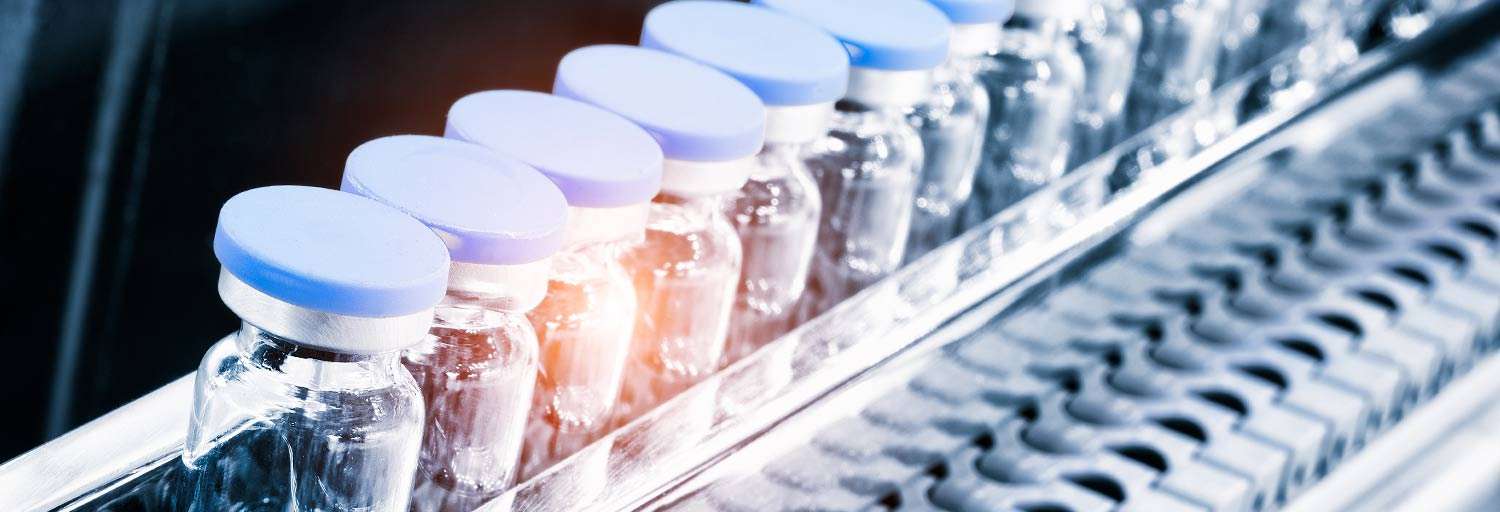
As I write this we just received promising news from a second drug developer, Moderna, that their COVID 19 vaccine candidate is estimated to be nearly 95% effective in the clinical trial. This comes a week after similar news was shared regarding Pfizer’s candidate. While most of us were confident in the abilities of the pharmaceutical industry to quickly deliver an effective vaccine, no one expected it to be done so quickly.
The speed at which this milestone was accomplished is remarkable considering pharmaceutical development is typically measured in years, not months. For many of us, it is a hopeful sign for the future of our industry’s ability to rapidly and safely advance drug candidates and deliver better results for patients. However, it has presented another challenge, vaccine manufacturing capacity.
As COVID 19 vaccine development and manufacturing has rightfully become a global priority, it has left other vaccine producers and public health organizations searching for manufacturing capacity. Facilities committed to COVID 19 production is forcing non-COVID 19 vaccine makers to shift their production needs to other facilities, requiring a technology transfer in each case. With this increased amount of tech transfer, I thought it would be a good idea to share some vaccine tech transfer best practices.
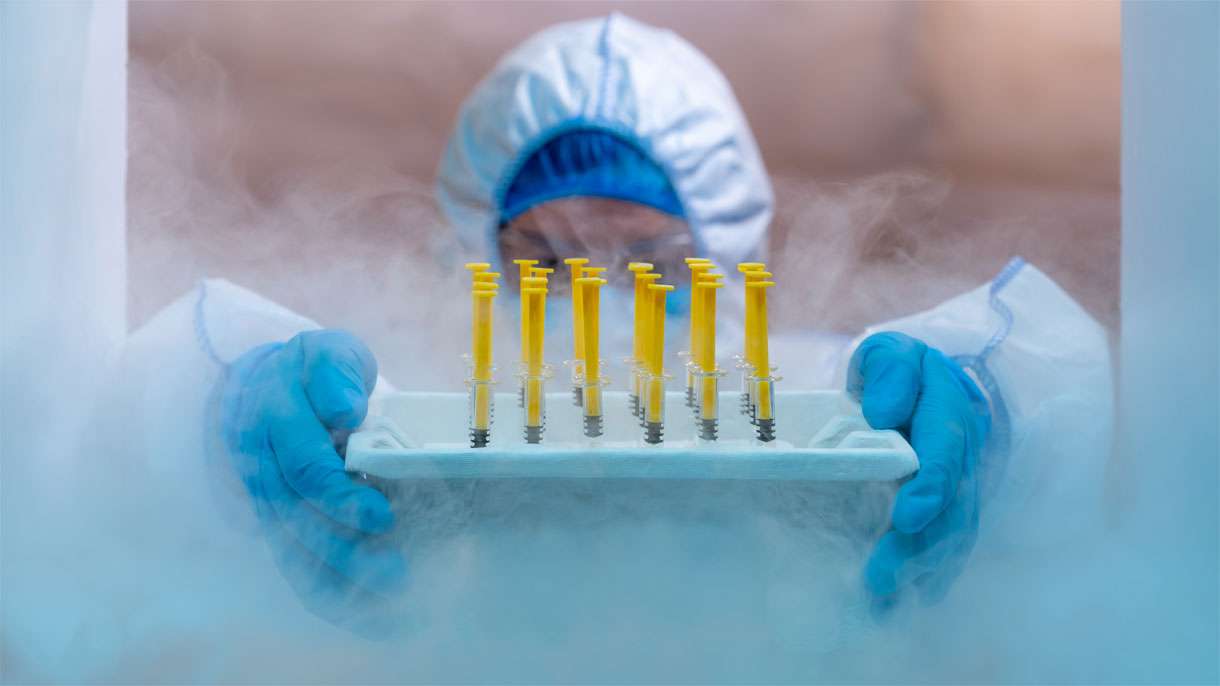
Moving the production of a vaccine to a new facility is a major decision driven by specific underlying conditions. Knowing why the transfer is being initiated can quickly steer the gaining facility staff to a start-point for the project, can help reduce or eliminate unnecessary work, and shorten the time it takes to begin production.
Commercial strategies can drive the need for a tech transfer. Some drug sponsors prefer to keep their development work in-house and outsource the initial vaccine production to a smaller specialty contract development and manufacturing organization (CDMO). When appropriate, they move scaled-up production to another CDMO with capabilities suited for larger batch sizes.
Occasionally, a transfer might be initiated because of a quality issue at the current manufacturer that cannot be resolved, a secondary CDMO is required because their current manufacturer is overbooked. Transfers with existing quality issues are more complex and the urgent need for a secondary CDMO can create a lot of pressure.
Some vaccine production can be triggered by models predicting seasonal illnesses, driving the need to rapidly increase vaccine manufacturing. When the models miscalculate the peaks, vaccine production is pursued with greater urgency. And, as in the case with COVID, an unexpected virus could begin infecting the population disrupting existing public health plans for rapid scale-up of vaccine manufacturing.
Currently, the pharmaceutical industry is taking a close look at their supply chain reliability, again driven by risks revealed by the pandemic. As pharmaceutical companies take steps to reduce risk, they are seeking new CDMO production facilities, ingredient providers, equipment manufacturers, contract packagers, and more closely considering the location of patient populations. In this case, the tech transfer is part of a larger supply chain transformation.
Understanding the conditions driving a tech transfer helps the gaining facility staff to arrive at a logical start point more quickly. For the drug sponsor leadership, this means production will begin sooner and deliver better results.
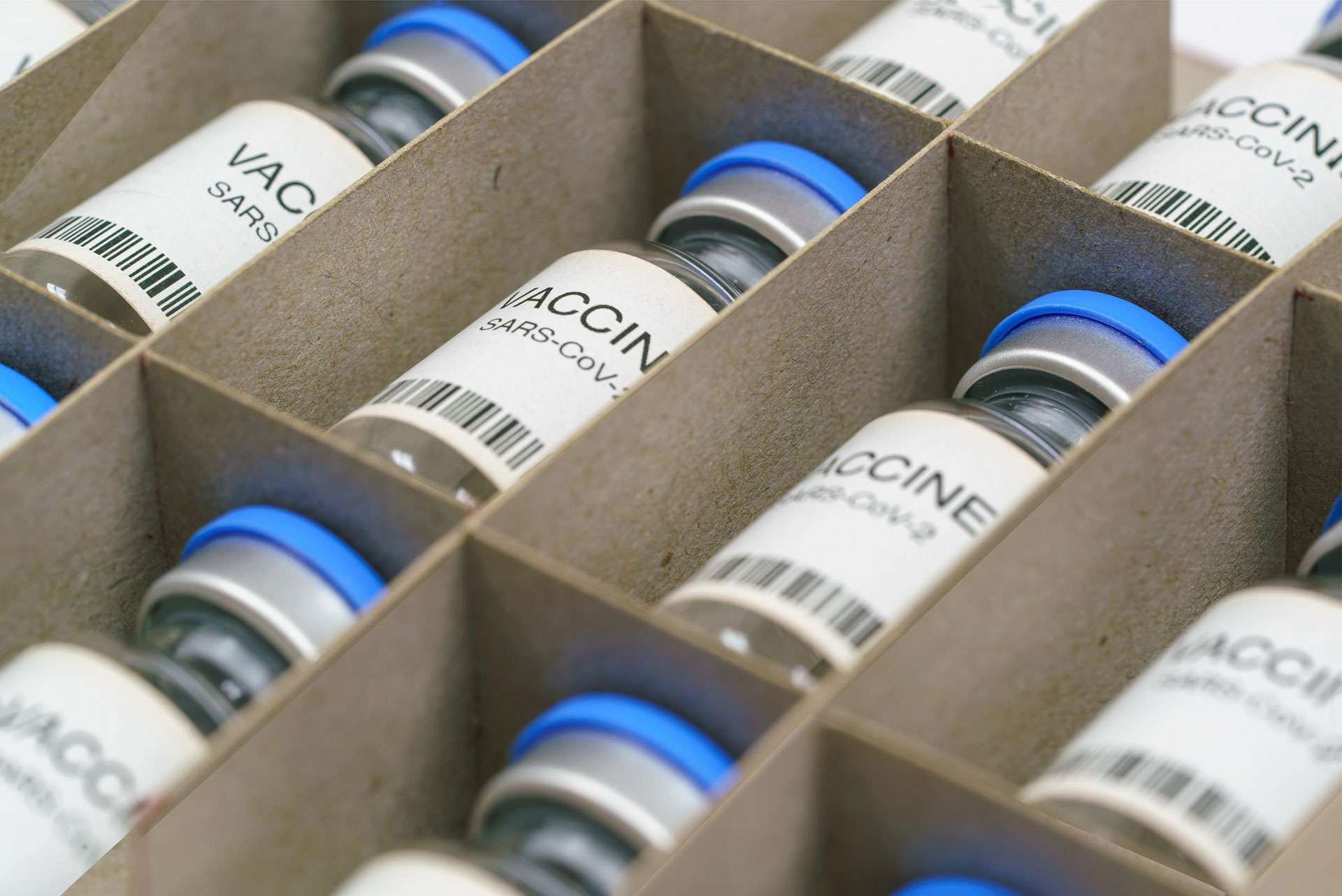
Moving vaccine production to a new facility can occur for a handful of reasons, but analytical methods and manufacturing processes can vary greatly. When transferring commercial vaccine production, the amount of process data is significant. The most common comment in any discussion about tech transfers is that no two are alike. During tech transfer understanding current methods and processes should not be limited.
When transferring a small clinical trial-batch operation, the tech transfer may pay particular attention to analytical methods, the drug product, and scalability testing. The formulation should have been tested for stability and quality for larger commercial-batch production. If not, the tech transfer must include this testing. If proper testing was done, the records may reveal a problem that could be preempted before production begins, saving valuable time and resources.
When transferring commercial manufacturing, more attention will be given in understanding the current production process. Are all critical quality attributes known and how are they being addressed by the already validated process? Have any irregularities been recorded? Has the facility been inspected by a regulatory body and what were the results?
If the transfer is due to an unresolved quality issue at another CDMO, gaining an understanding of the process is challenging. The gaining facility must conduct a root cause analysis as part of the tech transfer. The gaining facility must be prepared and able to do the hard work in designing a process and building quality into the validation process.
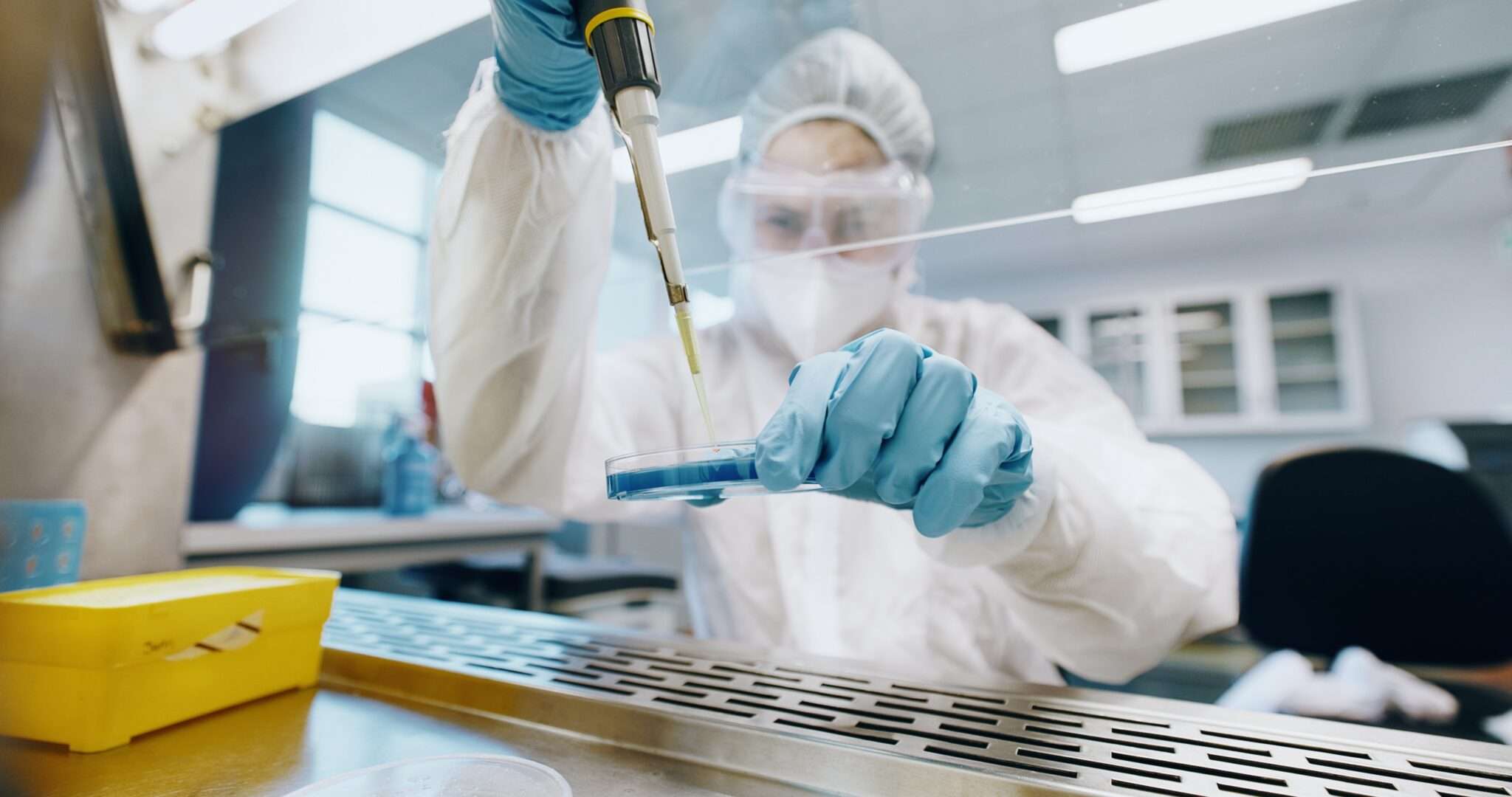
If transferring a vaccine production operation in which the quality system has been reliable and consistent, I recommend conducting a gap analysis as part of the tech transfer. Compare the current vaccine production quality system with the quality systems practiced by the gaining facility. Look for gaps, differences that may lead to quality issues and present risks to overall quality. The gaining CDMO ought to clearly identify them to the drug sponsor.
Resolving these newly identified quality risks should also be a component of the tech transfer and built into an improved process design. Pharmaceutical manufacturers don’t like to make changes to validated processes but transferring a production operation is a natural way to do a complete process examination seeking ways to improve quality.
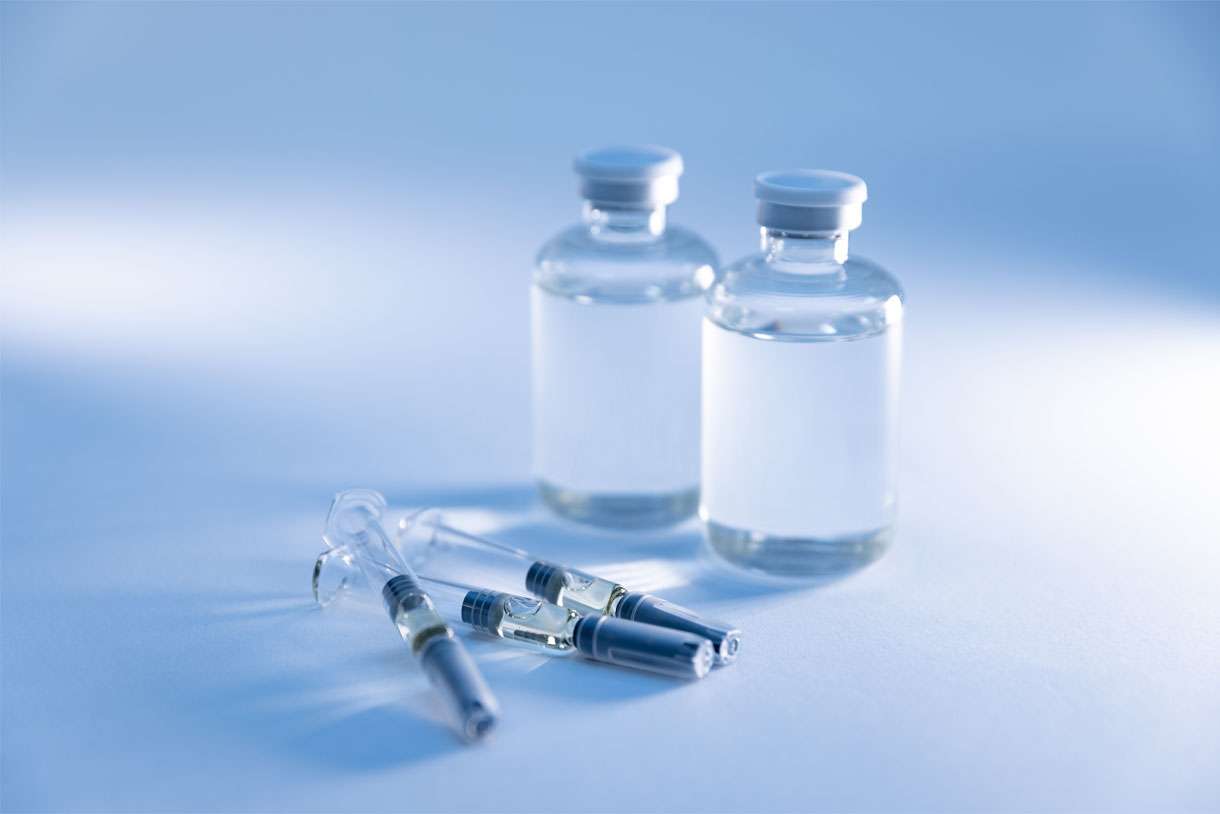
Like tech transfers, no two vaccines are alike and vaccine innovation is being introduced at an extremely fast pace. Vaccines are complex and the underlying science varies greatly. Some vaccines contain live or inactive organisms and others are built on synthetic particles. Each requires a different manufacturing process, specific equipment, and special operator skills.
All vaccines in the United States are regulated as biological products. Modern vaccine technology using synthetic particles are challenging traditional regulatory oversight models. When transferring vaccine production in which the formulation is derived from synthetic particles, regulatory experts must be an integral part of the tech transfer.
Injection is the most common delivery method for vaccines. Therefore, the primary packaging could be a vial, ampoule, prefilled syringe, or auto-injector. If a prefilled delivery mechanism is used, the FDA considers it a combination product, a dose in a medical device, and it has its own FDA guidance.
Vaccines can often require special temperature control in the manufacturing facility as well as the distribution supply chain. For many vaccines, the temperature is a critical quality attribute. Temperature changes place the drug product’s quality at risk and real-time monitoring is required for vaccines like this and the gaining CDMO must have adequate cold-storage space.
Some vaccines are also highly-potent, innovative cancer vaccines containing mRNA encoding tumor antigens are one example. Vaccines in this category require special handling procedures to protect operators, one that limits interaction between personnel and drug product to ensure quality. And, they must be manufactured in an aseptic environment under strict containment conditions to prevent cross-contamination.
Transferring vaccine manufacturing to a new facility is an important decision and before production can begin a technology transfer must be conducted. Not all tech transfers are alike, but all can be done well by following some foundational best practices.
For the gaining facility, determine why the vaccine manufacturing is being transferred to a new facility to quickly get to a good start-point for the project. There should be no limits when gaining an understanding of the analytical methods and the current manufacturing process. Follow the path of quality, compare the current quality systems with the gaining facilities quality systems, identify gaps, and seek ways to improve quality. No two vaccines are alike, understand the vaccines persona is a critical component of the tech transfer.
Applying these best practices will save significant time and resources, shorten the time to begin production, and deliver better results for the drug sponsor and patients.
Like what you read? Share with your network: